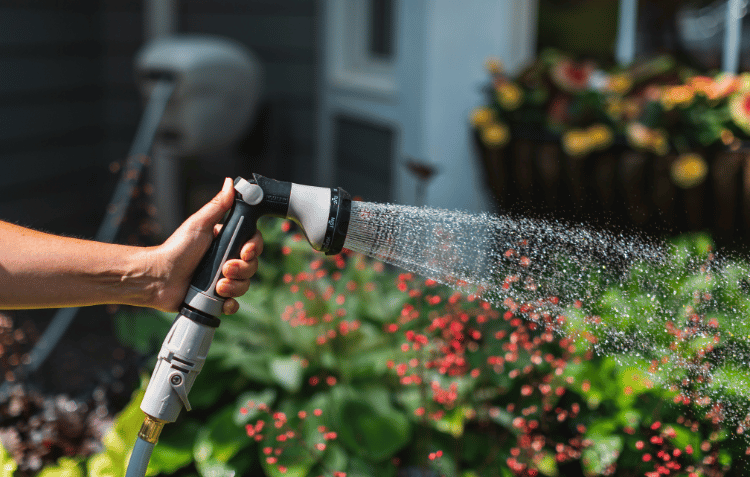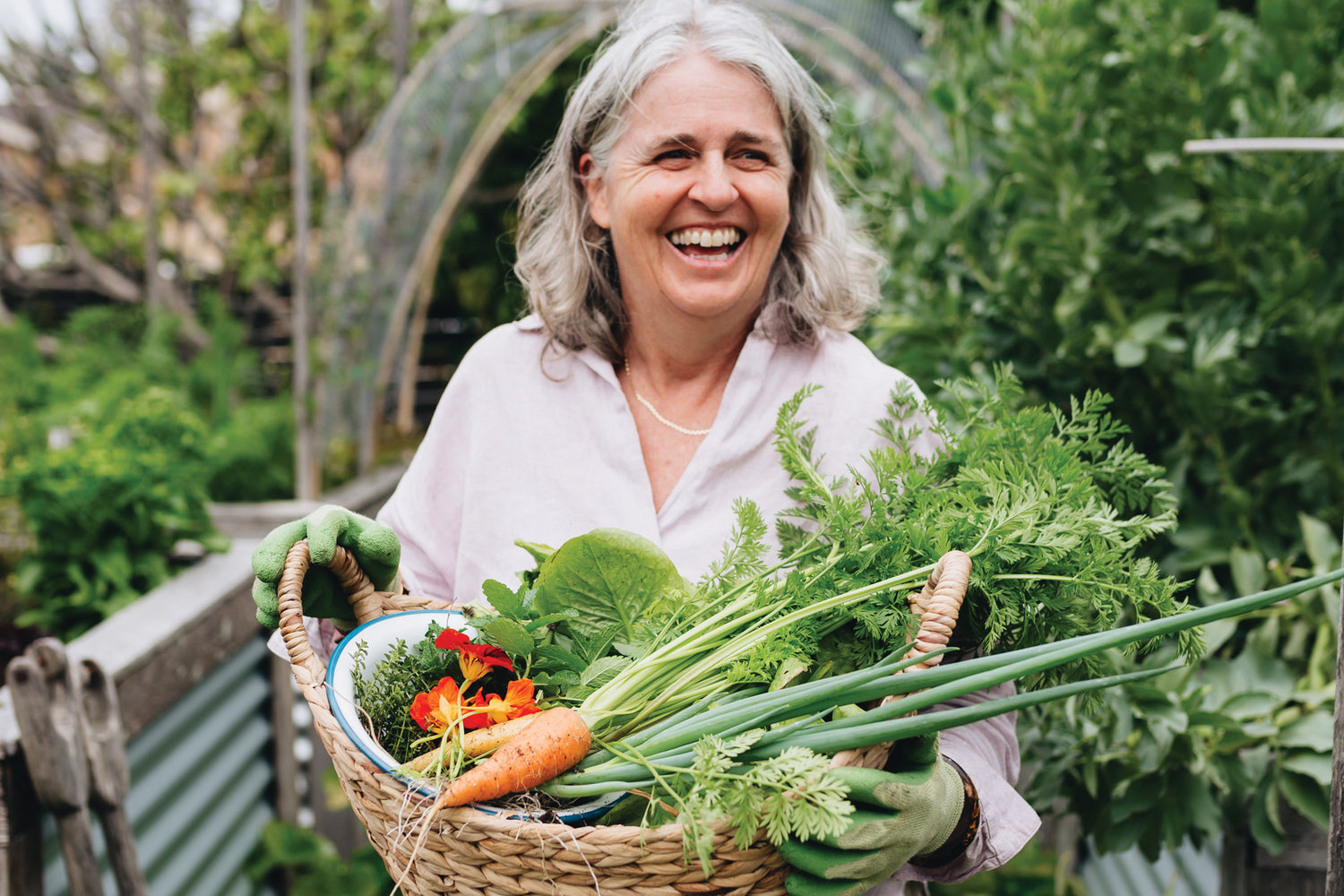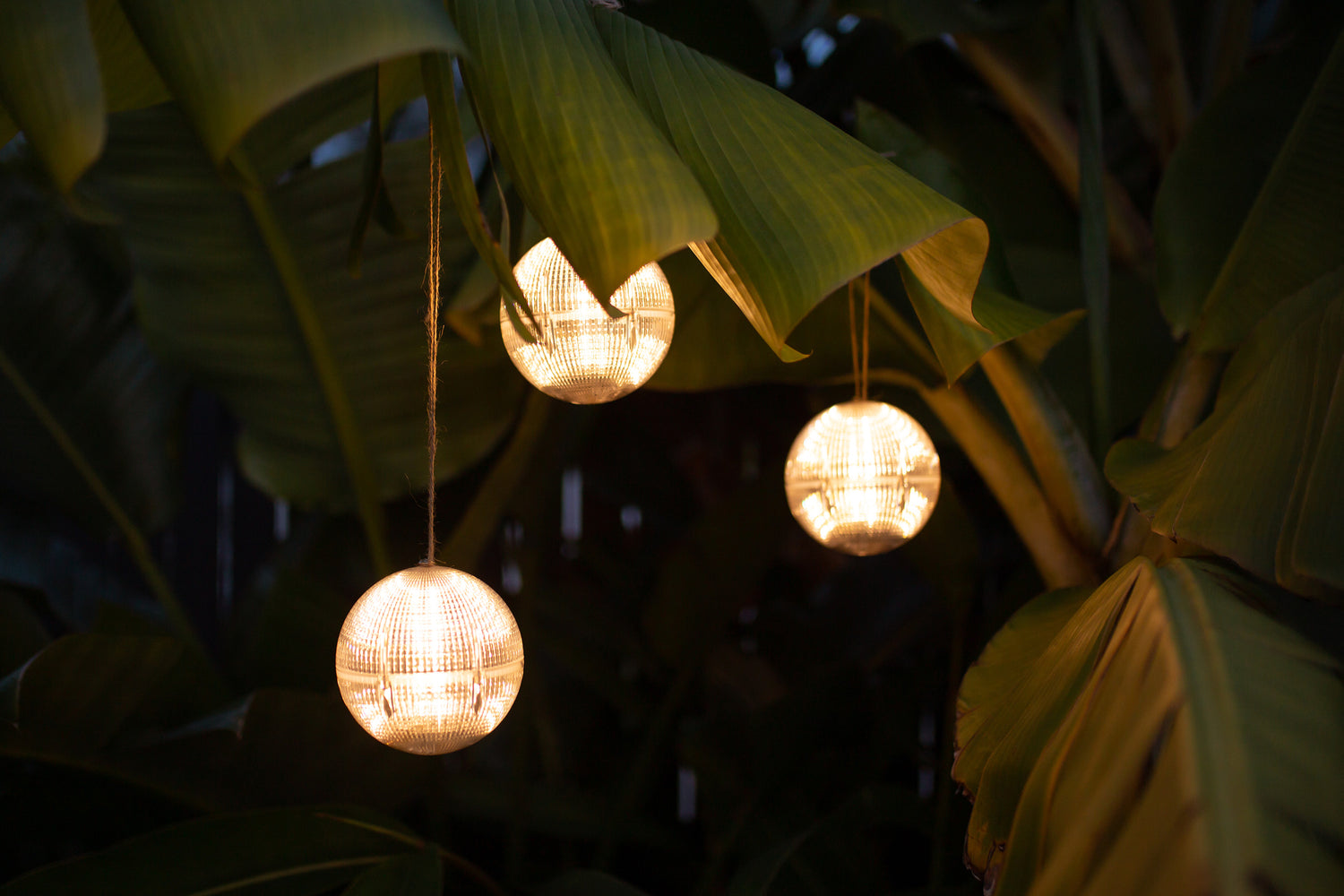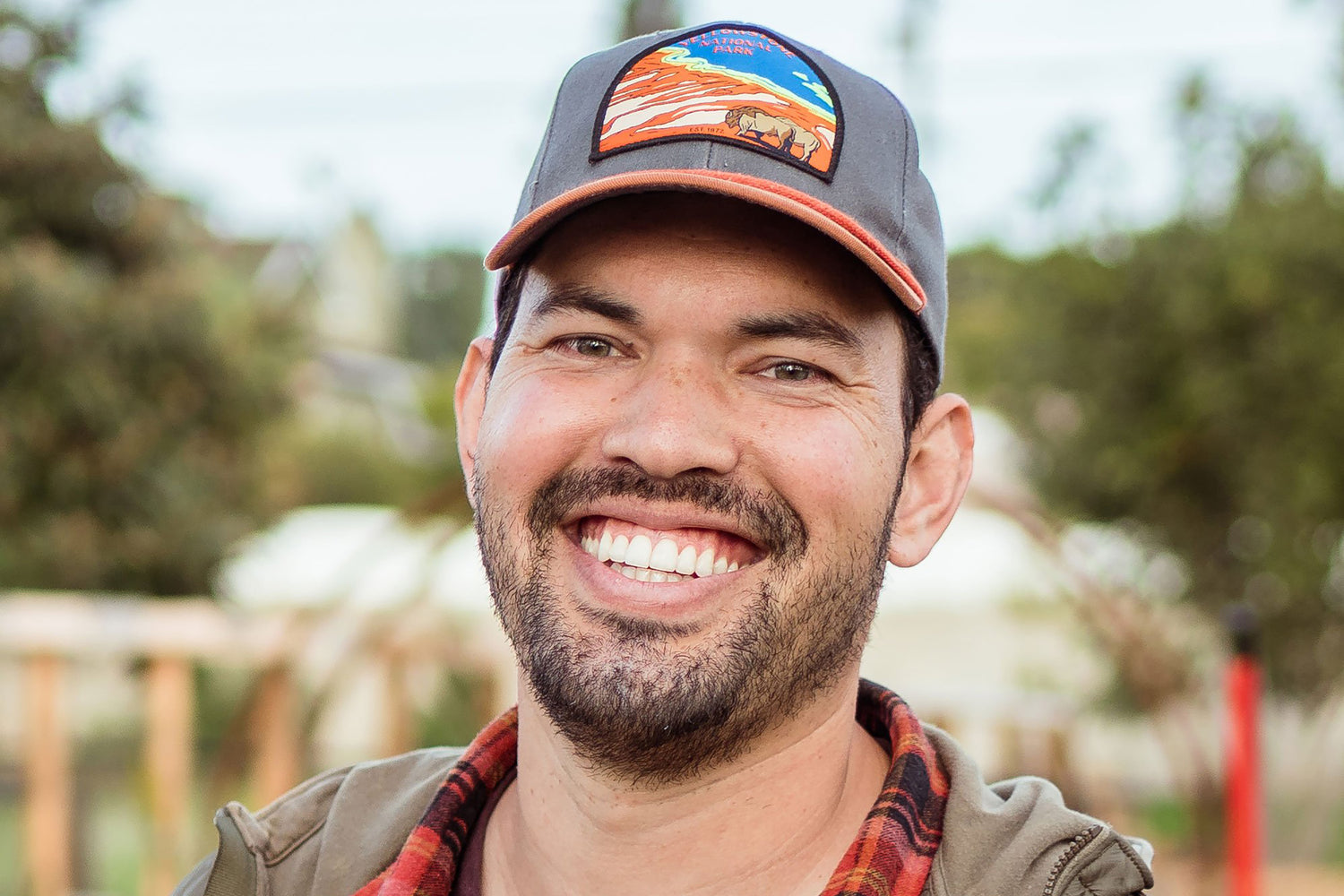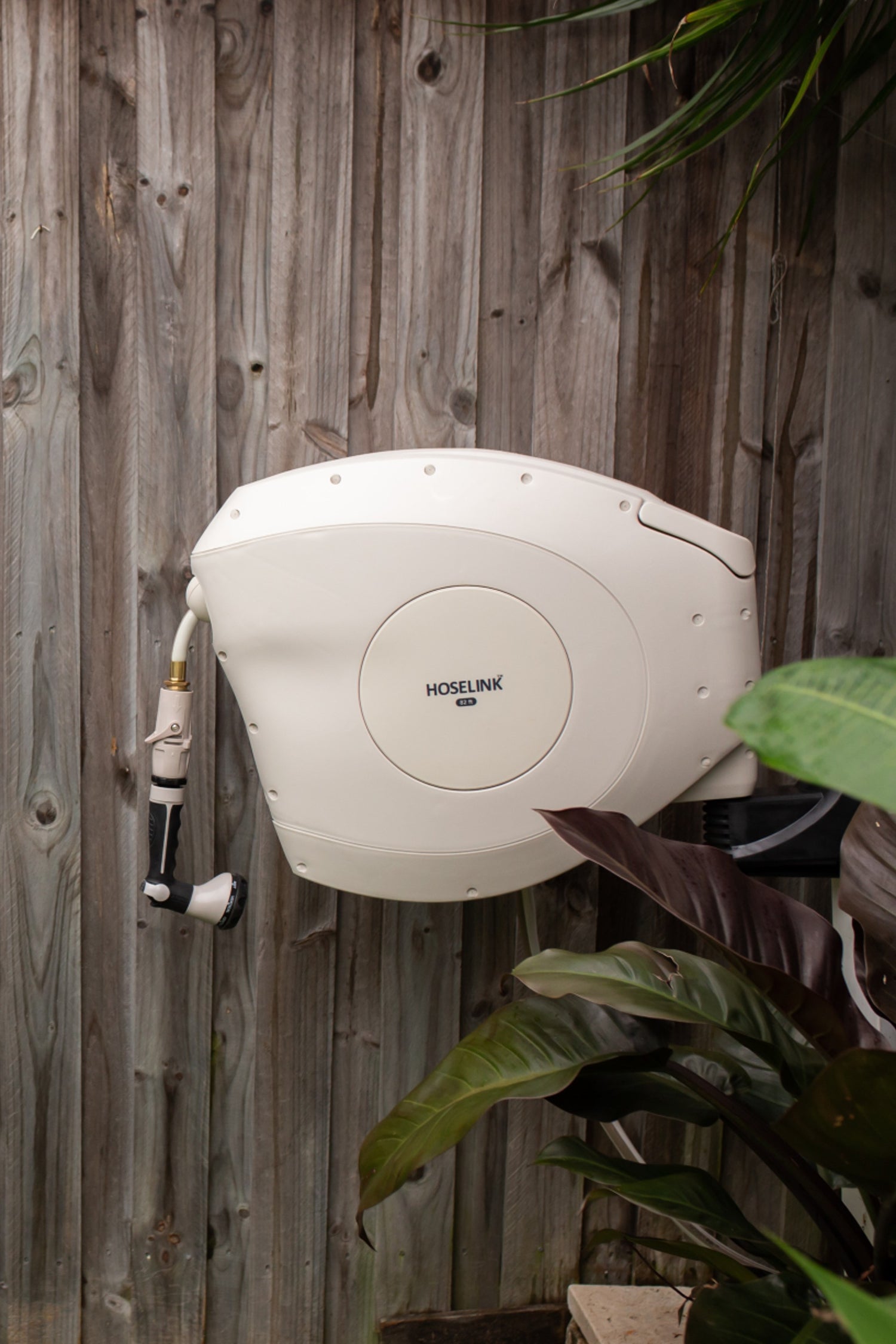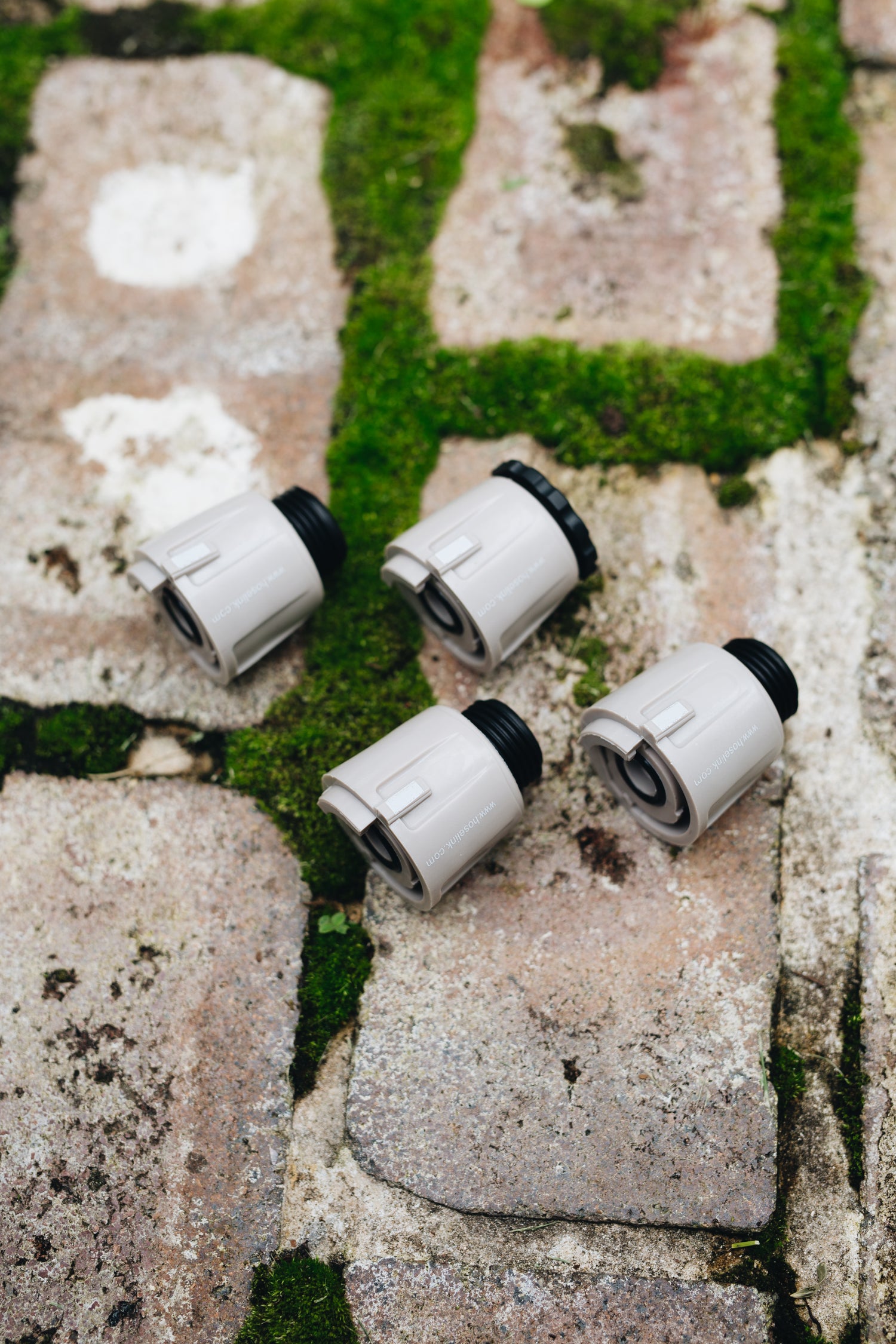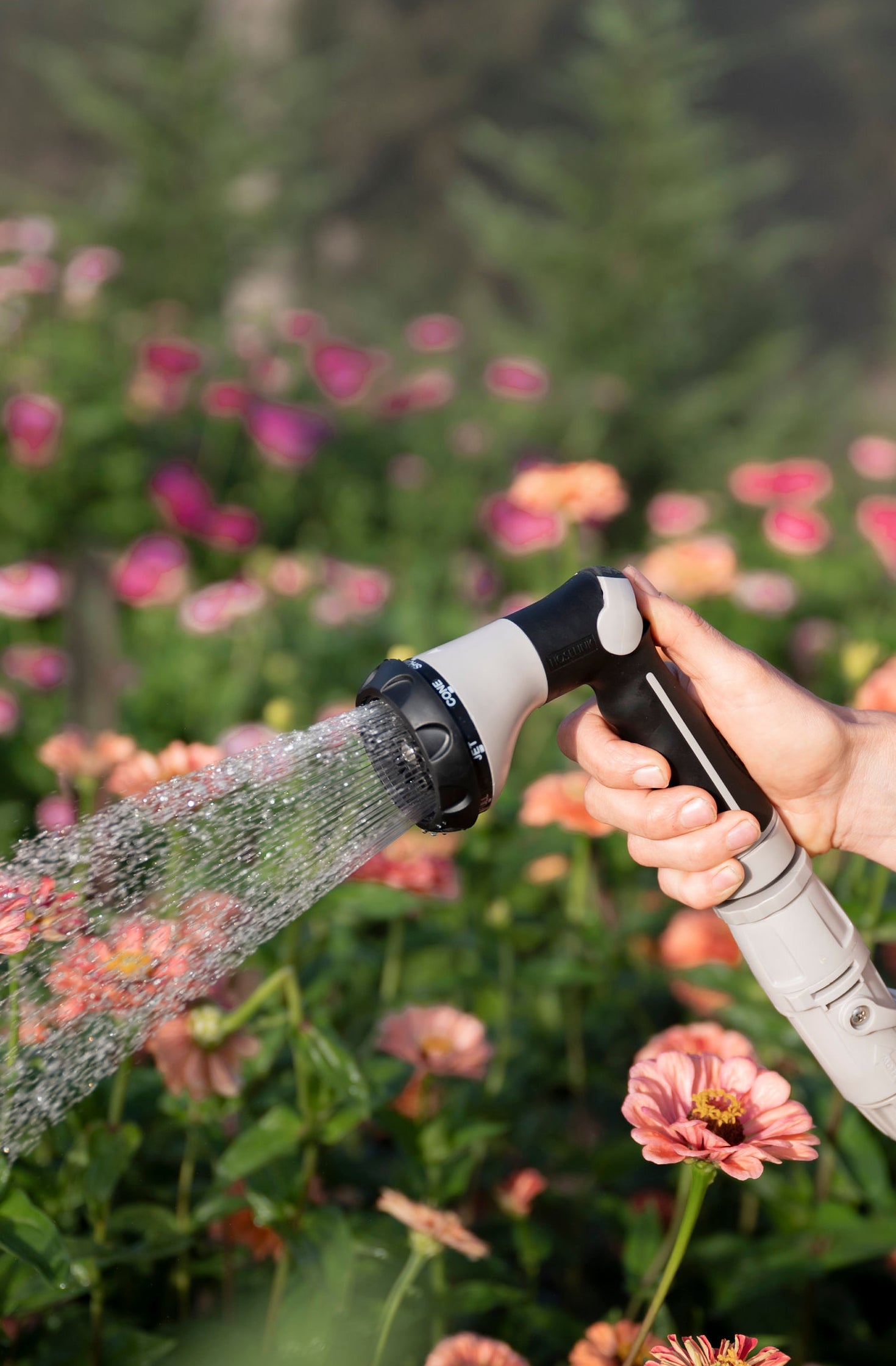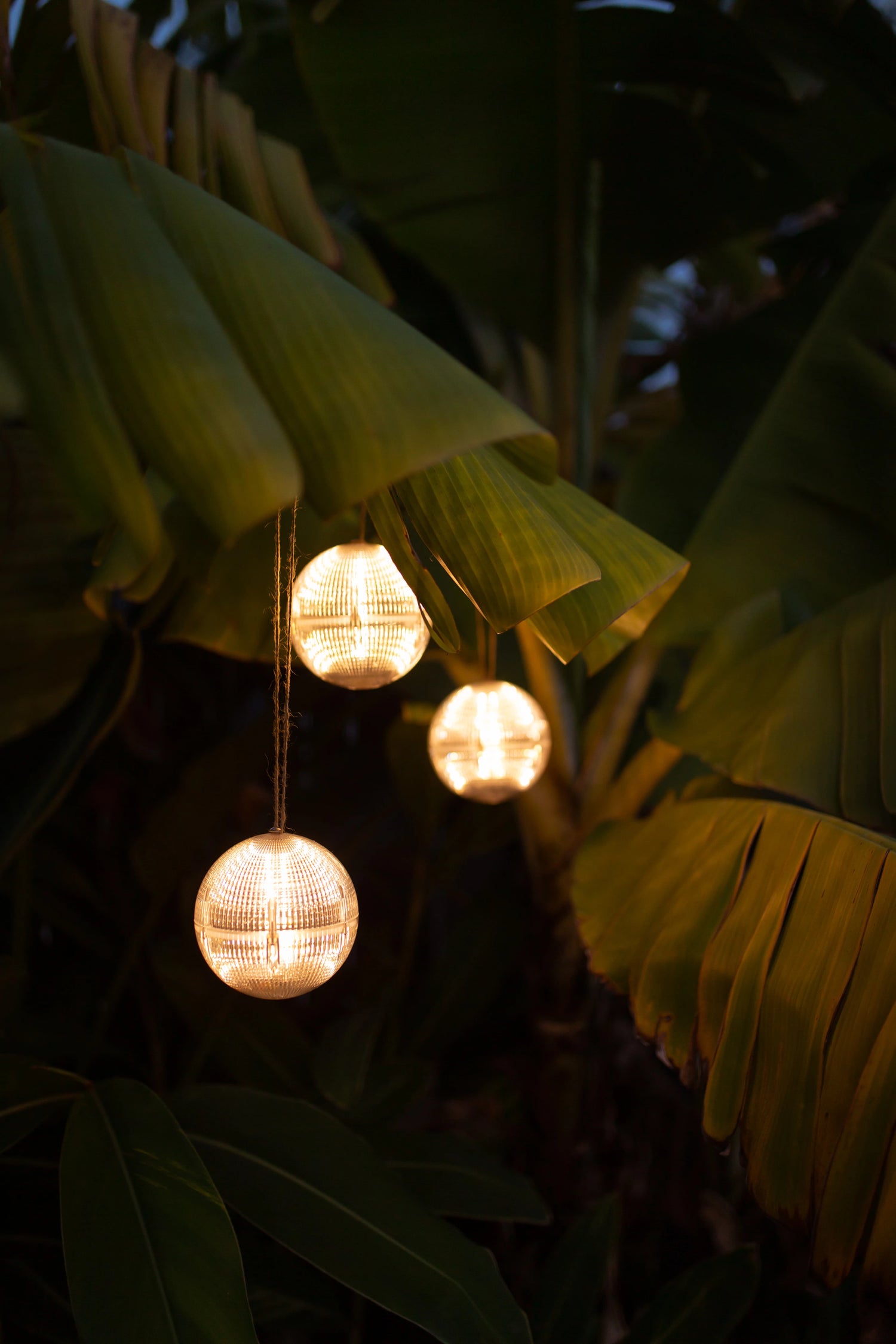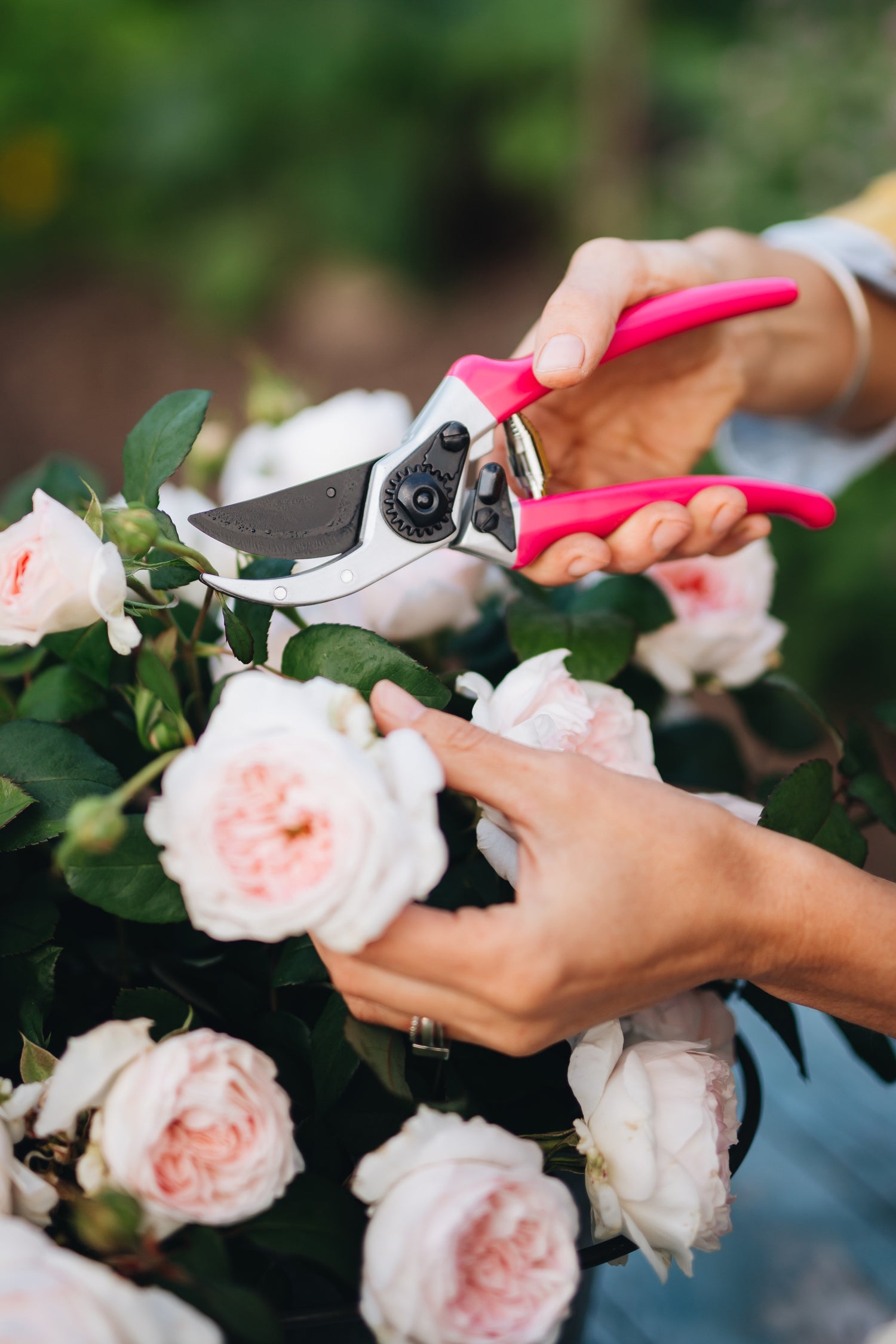Gardening is one of the most rewarding hobbies, but knowing what to plant—and when—can be a challenge. One of the most important things to consider when choosing plants is your USDA Plant Hardiness Zone. These zones are based on average annual minimum winter temperatures and help determine what plants are most likely to thrive in your region. Whether you're planting a flower-filled landscape, a productive vegetable garden, or a lush shade oasis, selecting zone-appropriate plants can make all the difference.
In this guide, we’ve gathered insights from experienced gardeners across USDA Zones 6, 8a, 9a, and 9b. These plant enthusiasts share their top recommendations for flowers, perennials, fruits, vegetables, and more—along with helpful advice for making the most of your growing conditions. Whether you're gardening in a cold-climate zone like 5b, a temperate Zone 6, or a hot, dry Zone 9b, this list will help you pick the best plants for your region and maximize your garden’s potential.
We create monthly blogs for zones 5-7 and 8-10 which you can find here. To receive these zone content blogs directly to your inbox sign up for our newsletter on our website.
Zone 5b: A Seasonal Playground for Gardeners
In the heart of Wisconsin’s USDA Zone 5b/6a, Erin Schanen from @theimpatientgardener) crafts a garden that embraces the distinct rhythm of all four seasons. Erin’s gardening style is a blend of patience, creativity, and practicality—focusing on plants that thrive in her cooler climate while adding beauty and bounty to her landscape.
Best Flowers (Full Sun)
- Allium 'Millenium' – Deer-resistant, drought-tolerant, and perfect for summer bloomers.
- Snapdragons – Delicate, upright flowers that add color and elegance.
- Nicotiana: Forget the short bedding plants you might be familiar with and think about taller growing varietiest that look great in the garden proper
Best Shade & Microclimate Plants
- Hakonechloa macra (Japanese forest grass) Ornamental grasses for shady locations are hard to find, but this is a textural winner. Give it moist, well-draining soil and part sun to shade and it will steal the show.
- Ligularia – Bold foliage and vibrant yellow flowers for moist, shaded areas.
- Climbing Hydrangea – Slow-growing but stunning with beautiful blooms in shaded spots.
Best Perennials
- Geranium 'Biokovo' – A low-maintenance perennial with fragrant foliage and delicate white flowers.
- Calamintha ‘Montrose White’ - This Nepeta relative blooms with tiny white flowers that absolutely cover the entire plant later in summer.
- Nepeta (Catmint) – Pollinator-friendly with aromatic foliage and purple spikes of flowers.
Best Vegetables
- English or Japanese-style cucmbers - Skinny, crunchy tasty fruit with small seeds are so good for salads, snacking or pickling.
- Climbing Zucchini – Space-saving and prolific, a unique way to grow this garden staple.
- Turmeric & Ginger – Grown successfully in raised beds, offering exotic flavors for your meals and beautiful ornamental foliage.
Favorite Shade Plants
- Pulmonaria (Lungwort) Gorgeous foliage that is often accented with silver gets early flowers, then shines for the rest of the year and is deer and rabbit resistant.
- Shredded umbrella plant - This woodland edge plant is exactly what it sounds like and offers amazing texture contrast in a shade garden.
- Astilbe – Prefers shady, moist conditions and provides vibrant blooms.
Favorite Sun Loving Plants
- Sanguisorba - Clustered basal foliage creates a bed of leaves for bobblehead-type flowers that rise above other plants on tall stems.
- Amsonia - Tiny blue flowers in spring give way to great textured foliage that turns bright yellow in fall.
-
Dahlia - There are so many amazing varieties that you can’t really go wrong.
Favorite Vegetables to Grow
- Tomatoes – Erin’s go-to veggie, growing in various varieties for fresh summer picks.
- Peppers – Adding heat and color, they thrive during Wisconsin’s hottest months.
-
Leafy Greens – Lettuce, spinach, and kale perform best in cooler weather, perfect for spring and fall.
Zone 6: A Garden of Color, Resilience & Rhythm
Roxana Snedeker of @soilandmargaritas gardens in Central Indiana’s Zone 6, where frigid winters and humid summers make timing everything. “Patience is key here,” Roxana says. “You wait all winter, then everything happens at once!” She’s cultivated a vibrant, productive garden by leaning into the rhythm of the seasons and choosing plants that thrive in the Midwest.
A passionate flower grower, Roxana starts many of her blooms indoors under grow lights—including petunias, coleus, and ranunculus—so they’re ready to go when the frost finally passes. In summer, her garden bursts with sun-lovers like zinnias, dahlias, and sunflowers, while coneflowers and black-eyed Susans offer pollinator-friendly blooms year after year.
Beyond flowers, Roxana grows a wide range of vegetables—some for flavor, others for the joy of watching them grow. “Purple tomatillos always outperform my tomatoes early on,” she laughs. She also swears by garlic and shallots for their reliability and grows a dozen apple trees in wine barrels for fruit and form.
Below is a list of some of Roxana’s favorite plants to grow in Zone 6:
Best Flowers
-
Zinnias – Easy, cheerful, and prolific in the summer sun.
-
Ranunculus – Early spring elegance, started indoors for best success.
Best Perennials
-
Coneflowers (Echinacea) – Drought-tolerant and pollinator-friendly.
-
Black-eyed Susans (Rudbeckia) – Hardy and reliable with bold summer color.
-
Sedum – Adds late-season texture and attracts butterflies.
Best Sun-Loving Plants
-
Dahlias – A mid-to-late summer showstopper Roxana can’t live without.
-
Sunflowers – Tall, bold, and loved by both pollinators and people.
Best Vegetables & Fruits
-
Tomatillos – Especially the purple variety—vigorous and high-yielding.
-
Garlic – Planted in fall, harvested in summer—a low-maintenance staple.
-
Apples – Grown in barrels for space-saving beauty and homegrown fruit.
Seasonal Favorites
-
Spring: Snapdragons – Hardy blooms that brave early chills.
-
Summer: Dahlias – Peak season glamour.
-
Fall: Garlic planting – Quiet beginnings for a big summer payoff.
-
Winter: Dormant prep – Roxana sprays copper and dormant oil to protect her fruit trees.
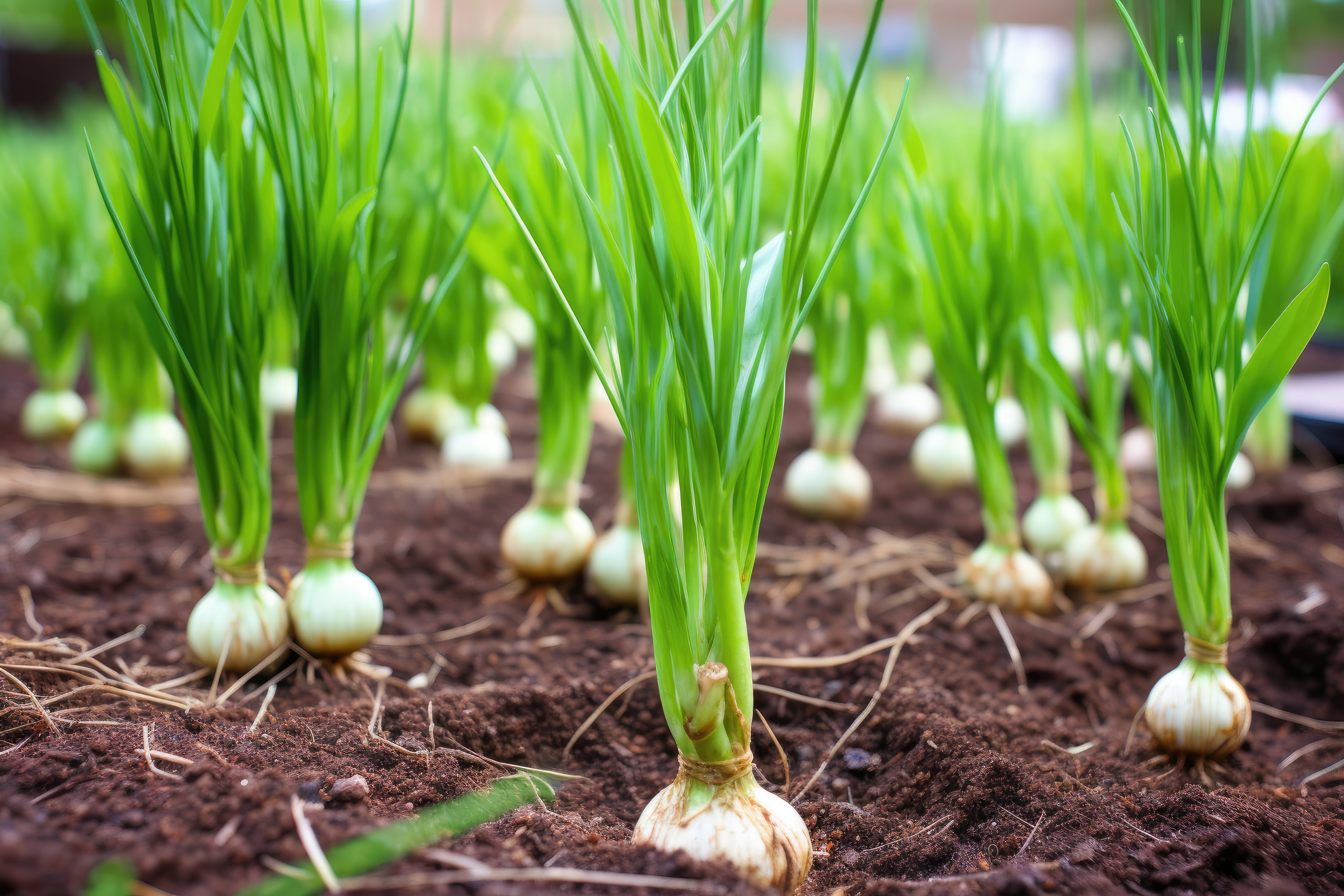
Zone 8a (and 7b): A Garden of Year-Round Color
Amanda Nadeau of @theverhopefulgardener, gardens in Zone 8a, which was formerly considered 7b—meaning she's well-versed in transitional gardening climates. With this kind of transitional weather, Amanda has learned how to maximize year-round interest in the garden. "Swiss chard is one that will do well in summer and winter," she shares. "It can be grown year-round in zone 8a." Not only is it versatile, but the colorful stalks add vibrancy to winter beds.
Amanda also swears by calendula for a flower that blooms early in spring and lasts until the first frost. As a bonus, it's edible and known for its skin-soothing properties. She highlights hellebores as her favorite winter bloomers: "These plants are the first to bloom in winter when you need a gardening pick-me-up."
Below is a list of some of the best plants to choose from in zone 8a:
Best Flowers
-
Calendula: Hardy through winter and blooms early in spring.
-
Anemones: Fall-planted corms that burst with early spring color.
Best Perennials
-
Azaleas: Evergreen, flowering, and adaptable to both sun and shade.
-
Hellebores: A winter-blooming hero that Amanda calls a “gardening pick-me-up.”
Best Sun-Loving Plants
-
Cardoon: Silver-green leaves and purple thistle-like flowers loved by pollinators.
Best Vegetables & Fruits
-
Swiss Chard: Year-round color and food—both the leaves and stalks are edible.
-
Blueberries: Produce fruit in early summer and vibrant foliage in fall.
Seasonal Favorites
-
Summer: Tithonia (Mexican sunflower) – pollinator magnet.
-
Fall: Japanese maple – stunning autumn color.
-
Spring: Anemones.
-
Winter: Hellebores.

Zone 9a: Mild Winters, Intense Summers
All the way west in Zone 9a, Northern California, Robbie McMenomey of the YouTube channel @visitourgarden describes his climate as a gardener’s dream, with a year-round growing season. However, he’s quick to caution that the full sun in this zone can be intense. "I have to be really mindful of when plant tags say full sun— not many things love the extreme sun," Robbie explains. He finds success in lavender, salvias, ornamental grasses, sunflowers, and zinnias in sunnier parts of his garden, but notes that partial sun areas are where her plants truly thrive. "Specifically, morning sun and afternoon shade," he emphasizes.
Robbie also experiments beyond his zone by using microclimates. This means growing plants in specific garden spots that mimic the conditions of cooler zones. "Brunnera in the spring is one of my favorites and peonies in summer beat everything else," he says. By carefully choosing spots with morning light and shelter from harsh afternoon rays, he’s able to expand her plant palette considerably.
Below is the list of some of the best plants to choose from in zone 9a:
Best Flowers (Full Sun)
-
Lavender – Drought-tolerant and pollinator-friendly, perfect for hot, dry zones.
-
Zinnias – Bold, colorful blooms that thrive in summer heat.
-
Sunflowers – Tall and cheerful, they love the sun but may need a little afternoon shade.
-
Cosmos – Low-maintenance and airy, ideal for adding whimsy to summer beds.
-
Mexican Sunflowers (Tithonia) – Bright orange blooms that attract butterflies all season long.
Best Shade & Microclimate Plants
-
Brunnera – Heart-shaped leaves and blue spring flowers love cool, shaded spots.
-
Peonies – Usually a cold-climate plant, but thrive in cooler microclimates in 9a.
-
Heuchera (Coral Bells) – Adds vibrant foliage color and texture to shaded beds.
-
Foxglove (Digitalis) – Vertical spikes of bell-shaped flowers that do best in partial sun.
Best Perennials
-
Salvias – Long-blooming and pollinator-friendly with gorgeous spires of color.
-
Ornamental Grasses – Add movement and structure with drought-hardy flair.
-
Echinacea (Coneflower) – Native perennial with daisy-like blooms loved by bees and butterflies.
-
Gaura (Whirling Butterflies) – Delicate, fluttery flowers that handle heat with ease.
Best Vegetables
Warm Season Crops
-
Tomatoes – Need full sun and warmth; choose heat-tolerant varieties for summer.
-
Peppers – Love heat and produce steadily from spring through early fall.
-
Eggplant – Thrives in long, hot summers and adds drama to the garden.
-
Cucumbers – Fast-growing vines that enjoy warm soil and consistent moisture.
Cool Season Crops
-
Broccoli – Grows best in cooler temps and produces well through fall and winter.
-
Cabbage – Cold-hardy and ideal for overwintering in mild 9a climates.
-
Kale – Thrives in cool weather and becomes sweeter after a light frost.
-
Spinach – Fast-growing leafy green that prefers short days and cool temps.

Zone 9b: Hot, Dry, and Full of Surprises
Janey Santos, of the YouTube channel @digplantwaterrepeat, who gardens in Zone 9b in Northern California, echoes the joys and challenges of a Mediterranean climate. "This is different than zone 9 in the South which is hot and humid!" she explains. Janey’s garden must withstand long, dry summers and infrequent but intense winter rain.
Citrus trees thrive in this environment, and her orange trees are a family favorite. "Every January, my family and I enjoy buckets of fresh oranges... The scent of orange blossoms in the spring is one of my favorite scents in the world."
Perennials play a huge role in Janey’s garden design. "Playin’ the Blues Salvia from Proven Winners can’t be beat," she says. The vibrant purple flowers appear early in spring and continue blooming through December. Lamb’s Ear is another staple, especially the variety 'Helen Von Stein,' which has larger, velvety leaves. "They remind me of our pet bunny’s ears!" she adds.
She also champions begonias, specifically the Surefire Rose Begonia, which thrives in both full shade and full sun. This makes it ideal for garden beds that change light exposure throughout the seasons. For vegetables, artichokes top her list. "Not only are they incredibly delicious, but the structure of the plant is absolutely stunning," Janey says. If left to bloom, artichokes reward gardeners with electric purple flowers.
To brighten up the winter months, Janey turns to Camellia Japonica 'Debutante,' a January and February bloomer with frilly pink flowers that offer a much-needed splash of color.
Below is a list of some of the best plants to choose from in zone 9b:
Best Fruit Trees
-
Citrus Trees: “Every January, my family enjoys buckets of oranges from our trees. And the scent of orange blossoms in spring? Pure magic.”
Best Perennials
-
Salvia ‘Playin’ the Blues’: Blooms from spring through December and towers up to 4 feet.
-
Lantana: Drought-tolerant and pollinator-friendly.
-
Helen Von Stein Lamb’s Ear: Soft, silvery, and adorable—“like our pet bunny’s ears,” Janey says.
Best Shade Plants
-
Surefire Rose Begonia: Thrives in both full shade and full sun. Perfect for tricky garden spots.
Best Vegetables
-
Artichokes – Beautiful architectural plants that come back year after year in 9b.
-
Sweet Potatoes – Perfect for the long, warm growing season; plant slips after the soil warms.
-
Malabar Spinach – A vining, heat-tolerant green for summer when true spinach bolts

Zone 9b: Humid, Hot, and Harvest-Heavy
Down in Houston, Texas, Zone 9b comes with its own unique rhythm—a steamy, subtropical climate with long growing seasons, high humidity, and relentless summer heat. It’s here that Timothy Hammond, known as @BigCityGardener, has built a thriving urban garden that's both beautiful and bountiful.
“Zone 9b gives you the freedom to garden year-round, but you have to know your plants—especially how they handle the heat,” Timothy says. A champion of edible landscaping and sustainable gardening, Timothy’s garden is a blend of vibrant flowers, sun-loving veggies, and pollinator powerhouses.
Best Flowers (Full Sun)
-
Sunflowers – Tall, cheerful, and great for pollinators.
-
Butterfly Pea – Vining, vibrant blue blooms, thrives in heat.
-
Zinnias & Cosmos – Heat-tough classics with bright, nonstop blooms.
Best Shade & Microclimate Plants
-
Lettuce & Spinach – Cool-weather greens that grow well under taller crops.
-
Comfrey – Big leaves, shade-tolerant, and great for soil health.
Best Perennials
-
Comfrey (again!) – Perennial pollinator magnet and compost booster.
-
Oregano, Thyme & Rosemary – Tough herbs that love sun and come back strong.
-
Lemongrass – Tropical flavor, hardy, and great as a border plant.
Best Vegetables
Warm Season Crops
-
Squash – Prolific and easy with lots of summer harvests.
-
Bush Beans – Quick growers and great for beginners.
-
Basil – A kitchen staple; reliable in the Houston heat.
-
Radishes – Fast and ideal for succession planting.
Cool Season Crops
-
Carrots & Beets – Fun to grow, best in loose fall soil.
-
Spinach & Arugula – Quick greens that love a shady spot when it's cool.
Favorite Sun-Loving Plants
-
Sunflowers – Classic heat lovers with garden presence.
-
Butterfly Pea – Climbs high, blooms big in the sun.
-
Comfrey – Thrives in full sun, attracts pollinators.
-
Lemongrass – Loves the heat and adds texture.
-
Basil & Oregano – Aromatic herbs built for Houston summers.

Final Thoughts
Take it from the experts, these gardeners show that by understanding your zone—and even pushing the boundaries with smart planting—you can create a beautiful, resilient, and productive garden. Whether you're dealing with dry heat, shifting zones, or coastal breezes, there's a plant that will not only survive but thrive in your climate.
Before you dig in, make sure to identify your USDA Plant Hardiness Zone using the official USDA map. Knowing your zone will help you choose the best perennials, flowers, fruit, and vegetables suited to your climate—ensuring gardening success for seasons to come.
Ready to grow smarter, not harder? Whether you're in Zone 5a or 9b, let these recommendations inspire your next garden project. Happy planting!

